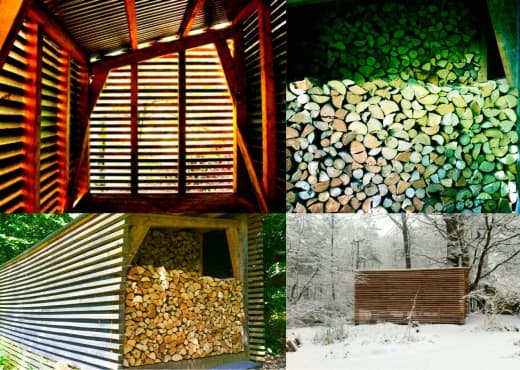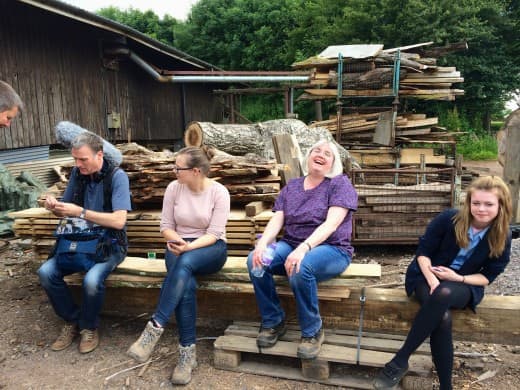

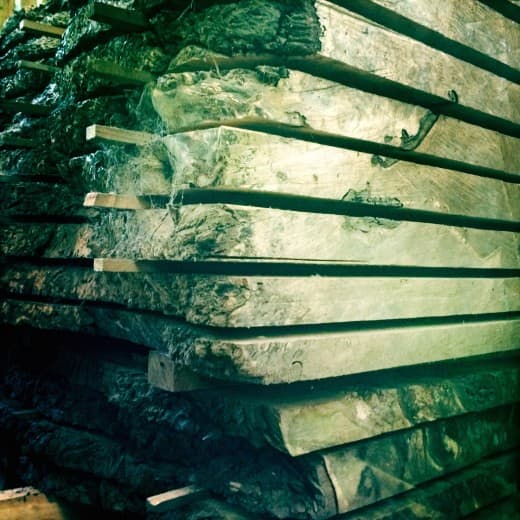 Spent an afternoon filming at Interesting Timbers, near Glastonbury. The most amazing timber yard I’ve been to. Burr Elm, Walnut, Chestnut, Ash, Oak, Yew – all in stick. My favourite place of the year so far. It was also where the frame for my house was made 10 or so years ago…
Spent an afternoon filming at Interesting Timbers, near Glastonbury. The most amazing timber yard I’ve been to. Burr Elm, Walnut, Chestnut, Ash, Oak, Yew – all in stick. My favourite place of the year so far. It was also where the frame for my house was made 10 or so years ago…
God Isn’t in the Details
Why the obsession in so much contemporary architectural discourse with the bourgeois residential villa and the ‘luxury’ good? Oh, the terrible banality of Antony Gormley’s ‘luxury’ hotel room. Nice, I guess (or not, actually) if you have £2500 a night to stay there.
Much of the time it seems every architectural magazine reduces architecture to the ‘object’ available to those that can afford it. If I never saw another ‘high end’ residential project, I’m not sure I’d care – and yet this is the staple of almost all archiporn ‘design’ sites.
Where the discussion of the consequences of architecture, of what architecture enables, engenders and encourages? Actually, I do know where it is, but bloody hell, it’s buried so far beneath architectural consciousness, you’d be forgiven for not knowing it was there.
There’s such a general presumption in favour of a building as an end, rather than as a catalyst for societal change or growth. But, architecture isn’t industrial design – which, for better or worse, is a discipline that focuses on the vessel. Sure, things can be interesting on their own terms, and I’m guilty too. I like stuff. But unless design goes beyond the object, it’s a world of commodities, a world where design exclusively produces trinkets for the privileged.
Mies, I think, has got a lot to answer for. I remain suspicious of his superficial and cod-metaphysical manifesto. The default comfort zone for many of us is a zone where perfectly formed, preened, plucked and waxed buildings are revered as quasi sacred spaces, spaces that are a collection of ‘surfaces’ and ‘details’. To think that this is all architecture is, is not just tragic, it is dangerous, as it takes away the conversation from where it needs to be centred – around the corollary of design.
I stumbled upon a text by a reasonably well known practitioner recently that began ‘Like most architects, I have a great reverence for Mies van der Rohe. When I think of him, his exquisitely detailed and extraordinarily elegant buildings come immediately to mind’, and by God (who isn’t in the details, or anywhere else for that matter) I felt an ennui, a terrible weariness that, we really haven’t moved on much as a profession really. We’re still slack jawed and glazed eyed with lust at the palpability of things, and busy chasing that perfect opulent project that allows our inner mini-Mies to flourish.
On Provenance
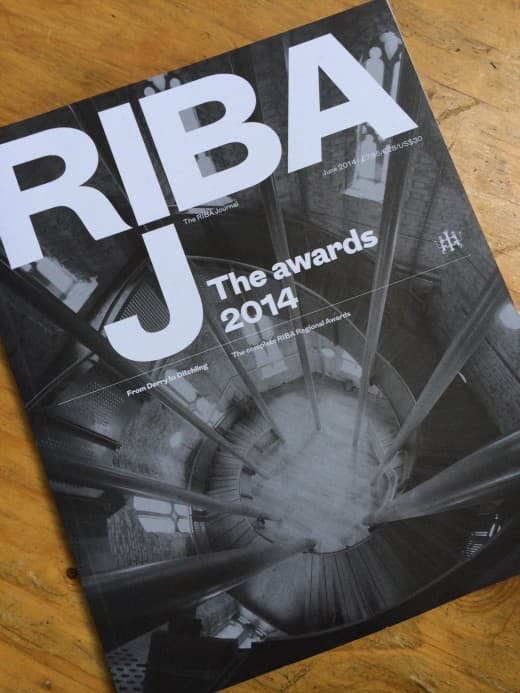 There’s a general presumption that as we rush headlong into the age of the urban and the megapolis that the provincial is less important than the concerns of the metropolitan. Not so. I’ve always adored the provincial in architecture, as there’s more opportunity to deal with the particular. The South West – including its cities – is still a region defined by its landscape. The underlying geology and physical geography is almost always evident in the best architecture here, and almost all place-making in the South West has stemmed from the physical attributes of place.
There’s a general presumption that as we rush headlong into the age of the urban and the megapolis that the provincial is less important than the concerns of the metropolitan. Not so. I’ve always adored the provincial in architecture, as there’s more opportunity to deal with the particular. The South West – including its cities – is still a region defined by its landscape. The underlying geology and physical geography is almost always evident in the best architecture here, and almost all place-making in the South West has stemmed from the physical attributes of place.
Glenn Murcutt talks of the astonishing continuity of materials in the Cotwsolds that he saw as a student in 1969 – where limestone was taken from the ground immediately adjacent to settlements and used for roof coverings, window mullions, walls, lintols and floors. I remember driving through the Cotswolds with him in 2002, and witnessing through his eyes the tragedy of the banal new built landscape, nearly 40 years after he had been so inspired by it, seeing it now, as designed by our planning system, where a concrete block dipped in stone dust (re) constitutes an appropriate neo vernacular in the eyes of a dim witted planning official.
This system is possibly a response to over zealous and misguided futurists in the 1960s, who wanted to banish all traces of the local, but either way, it is recurrently the regulatory context in which we work here, one which calls for an enforced inappropriate response to place. All too often, we need to smuggle architecture through a system that tries to banish it. We have extraordinary responsibility as architects to go beyond this, to persevere against the odds, and it is our duty with our work to endure, and show the way. The question remains, however – how to speak of a place without retort to the obvious or the banal.
A building can help make or break a place or a community. Architecture wears its principles on its sleeve, and there’s a wonderful morality and dignity that prevails and is evident in the best architecture. Post industrial revolution, post postmodern, post oil, post economic stability – it has never been more important for architects to produce exceptional work that speaks of its provenance.
For the Introduction to the 2014 RIBA Awards SW Region for the RIBA Journal
Studio Interior
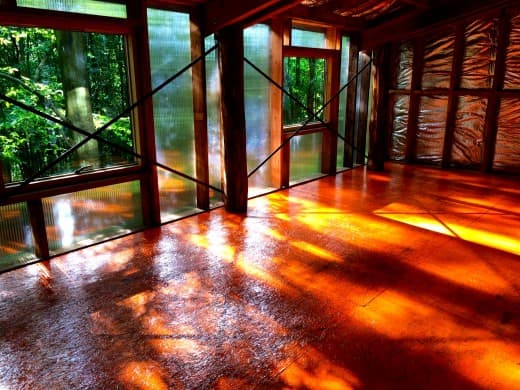 Interior nearly complete – Painted floor this evening with paint left over from Colerne School Dining Hall
Interior nearly complete – Painted floor this evening with paint left over from Colerne School Dining Hall
Categories
- 100k house
- Articles
- brexit
- Caretaker's House
- Christchurch
- current
- East Quay Watchet
- film
- ghost barn
- Glenn Murcutt
- Heroes
- Hooke Park
- House in an Olive Grove
- Invisible Studio
- longdrop
- Mess Building
- Moonshine
- On the Road Again
- passihvaus
- piers taylor
- piers,taylor
- press
- Projects
- Riverpoint
- Self Build
- Stillpoint
- Studio Build
- Studio in the Woods
- talks
- Trailer
- truss barn
- Uncategorized
- Vernacular Buildings
- watchet
- Westonbirt
Tags
- caretaker's house
- design and make
- Design Build Workshop
- Design Make
- east quay
- east quay watchet
- Glenn Murcutt
- green timber architecture
- Hooke Park
- Hooke Park Big Shed
- Invisible Studio
- Low Impact House
- moonshine
- Onion Collective
- piers taylor
- Piers Taylor Architect
- piers taylor invisible studio
- self build
- self build architect
- Starfall Farm
- Stillpoint Bath
- studio in the woods
- Sustainable Architecture
- The house that £100k built
- timber architecture
- Timber House
- timber workshop
- visible studio
- westonbirt architecture
- westonbirt tree management centre
